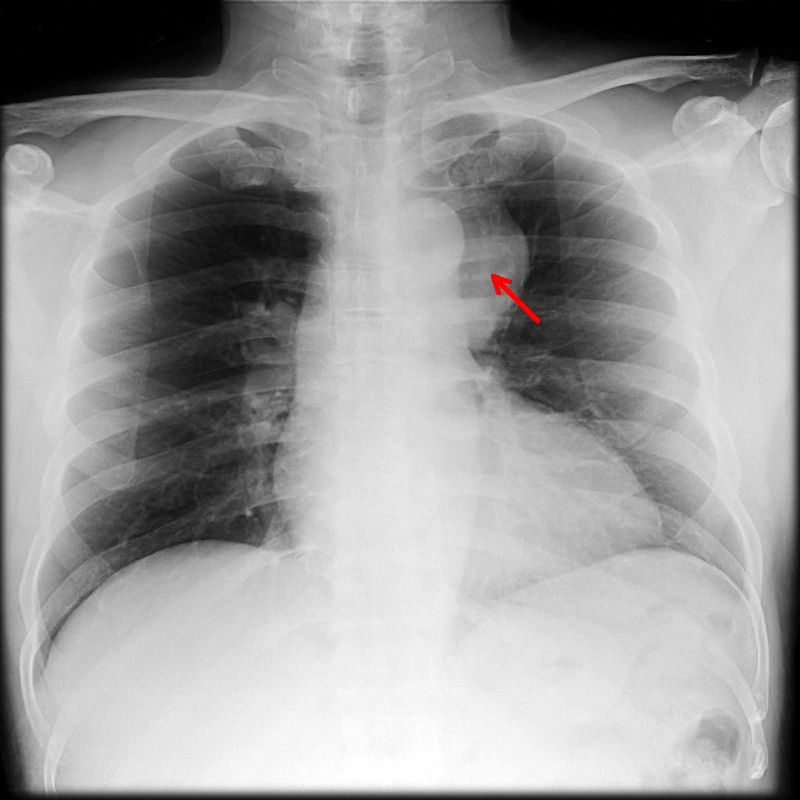WBR0844: Difference between revisions
Jump to navigation
Jump to search
Rim Halaby (talk | contribs) (Created page with "{{WBRQuestion |QuestionAuthor={{Rim}} |ExamType=USMLE Step 1 |MainCategory=Embryology |SubCategory=Musculoskeletal/Rheumatology |MainCategory=Embryology |SubCategory=Musculosk...") |
m (refreshing WBR questions) |
||
| (3 intermediate revisions by 2 users not shown) | |||
| Line 1: | Line 1: | ||
{{WBRQuestion | {{WBRQuestion | ||
|QuestionAuthor={{ | |QuestionAuthor= {{YD}} (Reviewed by Serge Korjian) | ||
|ExamType=USMLE Step 1 | |ExamType=USMLE Step 1 | ||
|MainCategory=Embryology | |MainCategory=Embryology | ||
| Line 8: | Line 8: | ||
|MainCategory=Embryology | |MainCategory=Embryology | ||
|SubCategory=Musculoskeletal/Rheumatology | |SubCategory=Musculoskeletal/Rheumatology | ||
|MainCategory=Embryology | |||
|MainCategory=Embryology | |MainCategory=Embryology | ||
|MainCategory=Embryology | |MainCategory=Embryology | ||
| Line 20: | Line 21: | ||
|MainCategory=Embryology | |MainCategory=Embryology | ||
|SubCategory=Musculoskeletal/Rheumatology | |SubCategory=Musculoskeletal/Rheumatology | ||
|Prompt=A 52 year old | |Prompt=A 52-year-old woman presents to the physician's office for muscle weakness and ptosis. Following initial work-up, the physician explains that her condition is caused by an autoimmune process whereby antibodies target post-synaptic acetylcholine receptors. Additional investigation reveals an abnormal structure marked by the red arrow in the chest X-ray shown below. The structure is most likely an embryological derivative of which branchial pouch? | ||
[[Image:WBR0844.png|400px]] | [[Image:WBR0844.png|400px]] | ||
|Explanation=The patient is most likely diagnosed with myasthenia gravis, an autoimmune disease characterized by the presence of auto-antibodies against post-synaptic acetylcholine receptors. The disease is strongly associated with the presence of thymoma, a thymic tumor of epithelial origin. As such, a chest X-ray is always indicated whenever the diagnosis of myasthenia gravis is made. In the X-ray shown above, a thymoma is marked by the red arrow. The thymus is an encapsulated lobulated endodermal gland that is the site for T-cell differentiation and maturation. It | |Explanation=The patient is most likely diagnosed with myasthenia gravis, an autoimmune disease characterized by the presence of auto-antibodies against post-synaptic acetylcholine receptors. The disease is strongly associated with the presence of thymoma, a thymic tumor of epithelial origin. As such, a chest X-ray is always indicated whenever the diagnosis of myasthenia gravis is made. In the X-ray shown above, a thymoma is marked by the red arrow. The thymus is an encapsulated lobulated endodermal gland that is the site for T-cell differentiation and maturation. It is derived from the ventral wing of the 3rd branchial pouch. | ||
|AnswerA=1st pouch | |AnswerA=1st pouch | ||
|AnswerAExp=The middle ear cavity, the eustachian tube, and the mastoid air cells are derived from the 1st branchial pouch. | |AnswerAExp=The middle ear cavity, the eustachian tube, and the mastoid air cells are derived from the 1st branchial pouch. | ||
| Line 36: | Line 35: | ||
|AnswerE=4th pouch | |AnswerE=4th pouch | ||
|AnswerEExp=The superior parathyroid glands are derived from the 4th branchial pouch. | |AnswerEExp=The superior parathyroid glands are derived from the 4th branchial pouch. | ||
|EducationalObjectives=The thymus is derived from the ventral wing of the 3rd branchial pouch. Thymoma is a tumor originating from the epithelial cells of the thymus that is associated with myasthenia gravis. | |||
|References=Image courtesy of Dr Frank Gaillard. [http://www.radiopaedia.org Radiopaedia] (original file [http://radiopaedia.org/images/274845 here]). [http://radiopaedia.org/licence Creative Commons BY-SA-NC]<br> | |||
Dudek RW. High-Yield Embryology. Lww; 2013. | |||
|RightAnswer=C | |RightAnswer=C | ||
|WBRKeyword= | |WBRKeyword=Branchial pouch, Pouches, Embrology, Thymus, Thymoma, Myasthenia gravis, Autoimmune, Antibodies, Acetylcholine receptors, | ||
|Approved= | |Approved=Yes | ||
}} | }} | ||
Latest revision as of 01:51, 28 October 2020
| Author | [[PageAuthor::Yazan Daaboul, M.D. (Reviewed by Serge Korjian)]] |
|---|---|
| Exam Type | ExamType::USMLE Step 1 |
| Main Category | MainCategory::Embryology |
| Sub Category | SubCategory::Musculoskeletal/Rheumatology |
| Prompt | [[Prompt::A 52-year-old woman presents to the physician's office for muscle weakness and ptosis. Following initial work-up, the physician explains that her condition is caused by an autoimmune process whereby antibodies target post-synaptic acetylcholine receptors. Additional investigation reveals an abnormal structure marked by the red arrow in the chest X-ray shown below. The structure is most likely an embryological derivative of which branchial pouch? |
| Answer A | AnswerA::1st pouch |
| Answer A Explanation | AnswerAExp::The middle ear cavity, the eustachian tube, and the mastoid air cells are derived from the 1st branchial pouch. |
| Answer B | AnswerB::2nd pouch |
| Answer B Explanation | AnswerBExp::The epithelial lining of the palatine tonsils rare derived from the 2nd branchial pouch. |
| Answer C | AnswerC::Ventral wing of 3rd pouch |
| Answer C Explanation | AnswerCExp::The thymus is derived from the ventral wing of the 3rd branchial pouch. |
| Answer D | AnswerD::Dorsal wing of 3rd pouch |
| Answer D Explanation | AnswerDExp::The inferior parathyroid glands are derived from the dorsal wing of the 3rd branchial pouch. |
| Answer E | AnswerE::4th pouch |
| Answer E Explanation | AnswerEExp::The superior parathyroid glands are derived from the 4th branchial pouch. |
| Right Answer | RightAnswer::C |
| Explanation | [[Explanation::The patient is most likely diagnosed with myasthenia gravis, an autoimmune disease characterized by the presence of auto-antibodies against post-synaptic acetylcholine receptors. The disease is strongly associated with the presence of thymoma, a thymic tumor of epithelial origin. As such, a chest X-ray is always indicated whenever the diagnosis of myasthenia gravis is made. In the X-ray shown above, a thymoma is marked by the red arrow. The thymus is an encapsulated lobulated endodermal gland that is the site for T-cell differentiation and maturation. It is derived from the ventral wing of the 3rd branchial pouch. Educational Objective: The thymus is derived from the ventral wing of the 3rd branchial pouch. Thymoma is a tumor originating from the epithelial cells of the thymus that is associated with myasthenia gravis. |
| Approved | Approved::Yes |
| Keyword | WBRKeyword::Branchial pouch, WBRKeyword::Pouches, WBRKeyword::Embrology, WBRKeyword::Thymus, WBRKeyword::Thymoma, WBRKeyword::Myasthenia gravis, WBRKeyword::Autoimmune, WBRKeyword::Antibodies, WBRKeyword::Acetylcholine receptors |
| Linked Question | Linked:: |
| Order in Linked Questions | LinkedOrder:: |
